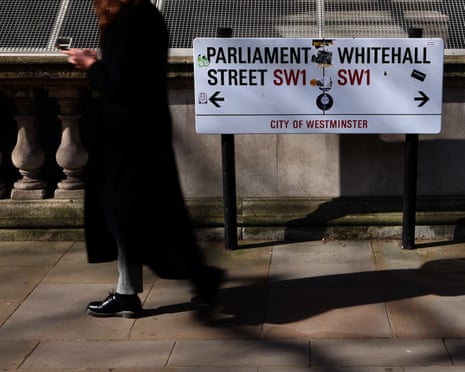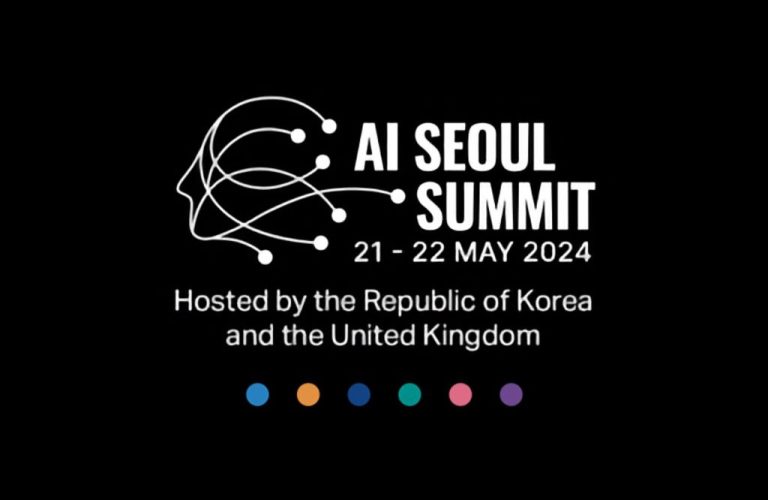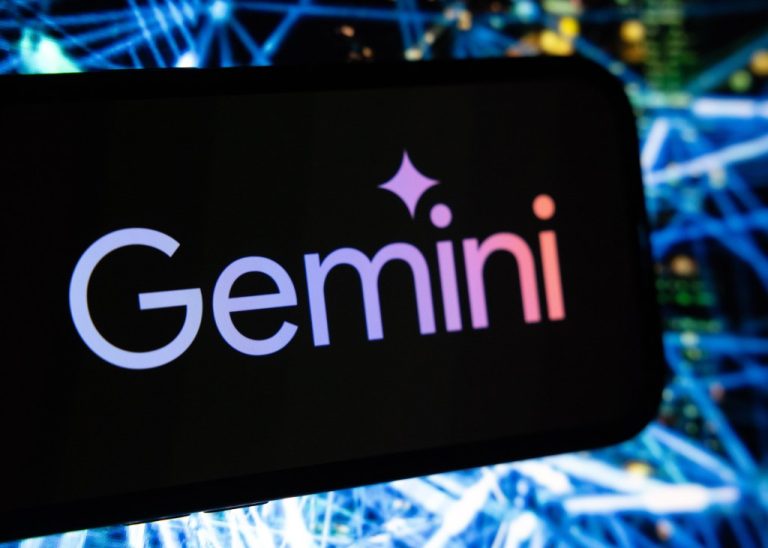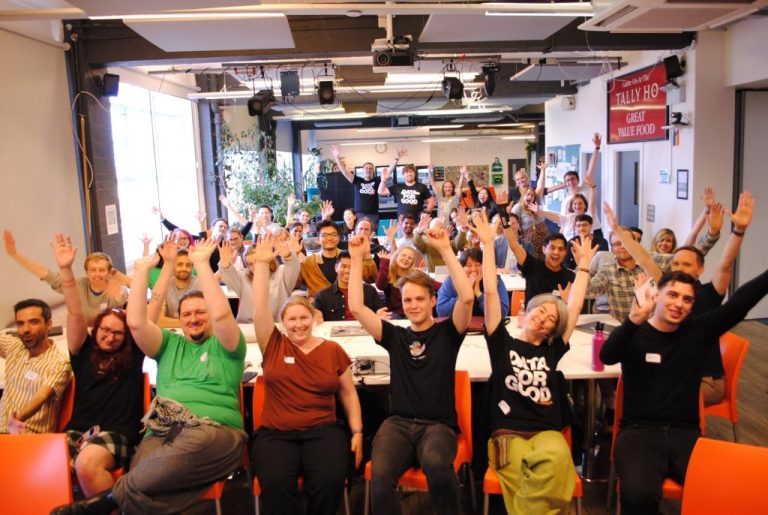Concerns Grow Over UK Government’s Adoption of Humphrey AI and Its Dependence on Big Tech
The government’s artificial intelligence (AI) tool, Humphrey, leverages models from OpenAI, Anthropic, and Google, raising concerns over Whitehall’s growing dependency on major tech firms. Ministers are banking on the future of civil service reform by implementing AI throughout the public sector to enhance efficiency, with plans for all officials in England and Wales to undergo training on this toolkit.
However, it appears that the government lacks comprehensive commercial agreements with these tech giants, opting instead for a pay-as-you-go system through existing cloud contracts. This allows for the flexibility to switch tools as they improve and become more competitive. Critics express worry over the rapid and extensive integration of AI from large tech corporations into the government, especially amid significant public discourse regarding the technology’s use of copyrighted materials.
A contentious issue has emerged in the House of Lords, where ministers are facing opposition on whether AI systems are unjustly trained on creative works without proper credit or compensation. Recently, a data bill that permits the use of copyrighted material unless a rights holder opts out passed its final stage, marking a setback for those advocating for enhanced protections.
This issue has prompted a strong backlash from the creative community, with notable artists like Elton John, Tom Stoppard, Paul McCartney, and Kate Bush supporting a campaign to safeguard copyrighted content. A freedom of information request revealed that the government’s tools, such as Consult, Lex, and Parlex—designed for analyzing consultations and legislative changes—use foundational models from OpenAI’s GPT. Additionally, the Redbox tool, which assists civil servants with daily tasks like preparing briefs, utilizes OpenAI GPT, Anthropic’s Claude, and Google Gemini.
Ed Newton-Rex, CEO of Fairly Trained and advocate against using copyrighted material for AI training, pointed out that a conflict of interest arises when the government contemplates regulations affecting the industry while simultaneously embedding AI from tech companies into its operations. “The government can’t effectively regulate these companies if it is simultaneously integrating them into its processes at such a rapid pace,” he stated. He also highlighted concerns over potential inaccuracies in the government’s work due to AI’s known tendency for ‘hallucination’ and urged for transparency in documenting Humphrey’s mistakes.
Labour peer and civil liberties advocate Shami Chakrabarti echoed the need for caution, emphasizing awareness of biases and inaccuracies similar to those observed in the Horizon computer system, which led to miscarriages of justice for post office operators. Whitehall sources responded by clarifying that different Humphrey tools operate in various ways. Users can adopt diverse strategies to address inaccuracies, and the government consistently publishes evaluations on the technology’s accuracy during trials. An AI playbook for government provides guidance to help officials adapt to this technology swiftly while ensuring appropriate decision-making control at crucial stages.
The expenses related to employing AI in the government are anticipated to rise as Humphrey’s implementation expands. However, officials note that the per-use costs in the AI sector have generally decreased as models grow more efficient. For instance, major initiatives like the Scottish government’s use of AI to evaluate consultation responses have incurred costs of under £50 and saved countless hours of work. Utilizing the government’s AI Minute software for note-taking during a one-hour meeting costs less than 50p, with preliminary data indicating it saves officials an hour of administrative time each session.
A spokesperson from the Department for Science, Innovation and Technology remarked, “AI holds tremendous potential to enhance the efficiency of public services by streamlining basic administrative tasks, allowing experts to focus on their core responsibilities.” They assured that the use of this technology does not hinder regulatory abilities, likening it to the NHS, which both procures and effectively regulates medications. The Humphrey toolkit was developed by AI specialists within the government to keep costs manageable during experimentation with optimal solutions.
When pressed for information on the underlying models used for the Humphrey AI toolkit, ChatGPT indicated that details were not publicly available. At the announcement of this tool earlier in the year, the government stated that its strategy for allocating £23 billion annually on technology contracts would be revised to create more opportunities for smaller tech startups.







